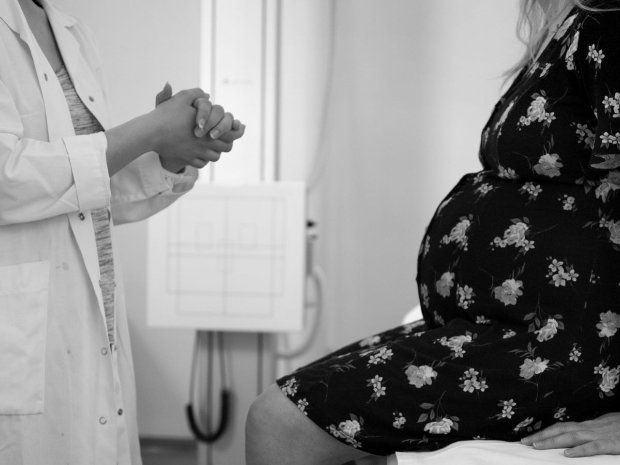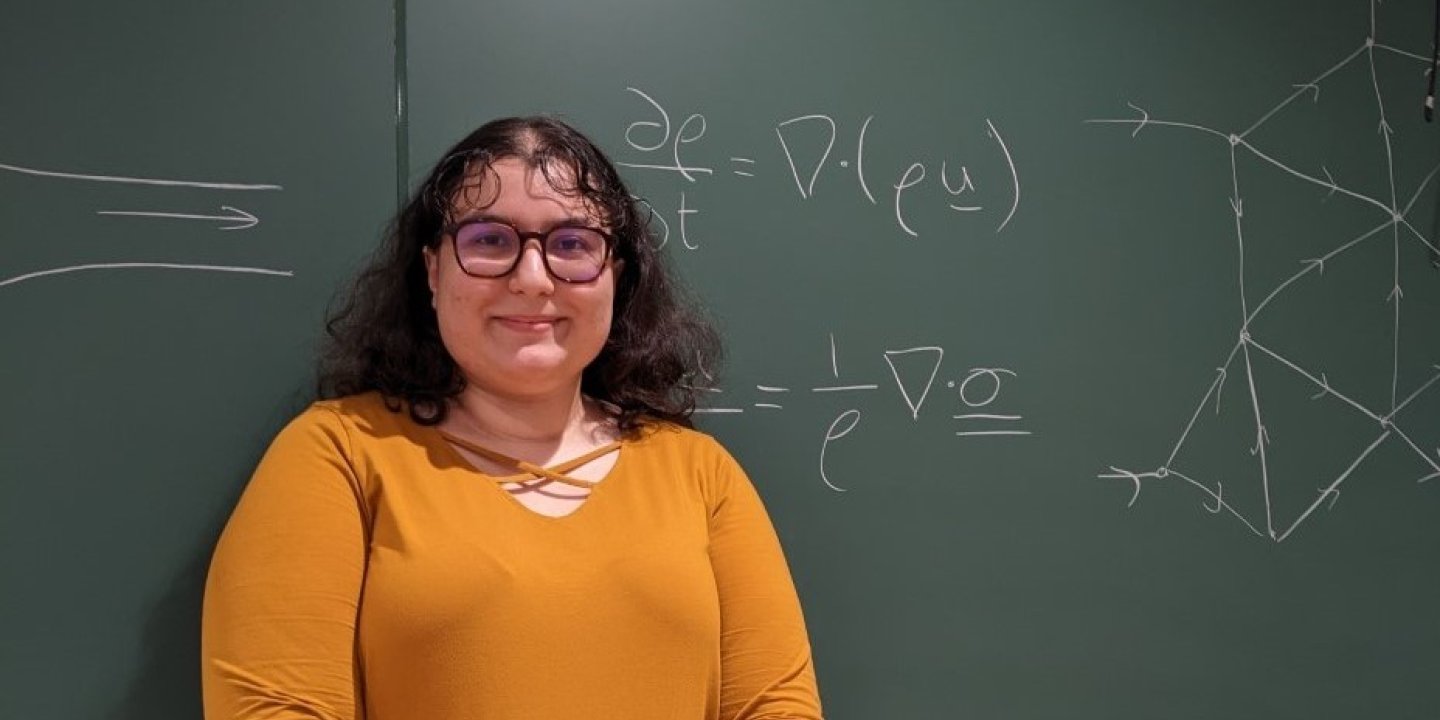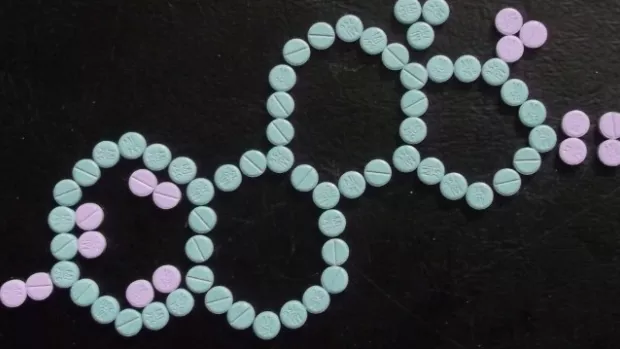
Maths helps predict the weather, but what about MS and pregnancy?
Dr Eleanor Doman is a mathematician, who’s now turning her attention to MS research. We’ve committed to raise funds for her new fellowship project which aims to better understand the effects of disease modifying therapies (DMTs) during pregnancy.
We’re all familiar with uses of mathematical modelling in the physical sciences. For example, weather or traffic predictions.
There are some fields in medicine with lots of modellers too, like cancer. There’s still a gap in MS though. I’m hoping to change that.
Equations in the real world
If you think back to equations at school, they were pretty abstract. I take those equations and apply meaning to them.
So instead of just working out what ‘x’ is, we’ll try to work out what, say, the risk of something happening is. We put lots of equations together into a model, to answer questions in the real world.

A personal connection
My mum was diagnosed with MS when I was in my teens. I remember going to the neurologist appointments to help me really understand what was happening.
Since then I’ve always tried to keep up with the research. What should I be aware of as someone with a family history? But also what’s going on that I could contribute to?
The mysteries of the placenta
Recently I’ve been working on research into the placenta. We really need to know more about the placenta, in MS and beyond. What we know is lagging way behind all other organs. We need to catch up.
I read the latest studies on recommendations about DMT use for women who were pregnant or thinking about becoming pregnant. And I realised my placenta models might be able to help.
Read more about pregnancy, birth, breastfeeding and MS
A fuller picture, faster
Some women carry on using DMTs while they're pregnant. So one way to understand the impact of DMTs during pregnancy is to use information from them. But these numbers can be quite small, so it takes a long time to build up enough data.
Another way is with animals, like rats. But they have placentas that work very differently to humans (e.g. they have litters with lots of offspring!).
I’ll be building on this existing data to try and produce a fuller picture, faster.
The ‘ground truth’
I’m combining modelling with an experiment using the actual placenta after someone’s given birth. You pump a solution through the placenta. And if you put something on the mother’s side, you can see whether it comes out on the baby’s side.
We call the information we get from these experiments the ‘ground truth’. I’ll take that and use maths to generalise it. I hope to be able to say ‘this is more evidence this medication will not get through to the baby and might be safer’.
Reducing uncertainty
I hope my project will help people with MS who are thinking about starting a family. I want to give them more information and more clarity on what their options are around DMTs. I want to help reduce some of the uncertainty that comes with pregnancy.
Solving the big questions
In so many areas of MS, we don’t really understand the mechanisms driving things. It’s a big challenge.
Modelling allows us to dig down into other really complex data. And it helps us understand what that data is telling us about the mechanisms. I believe it has the scope to be used in some of the biggest questions in MS.





